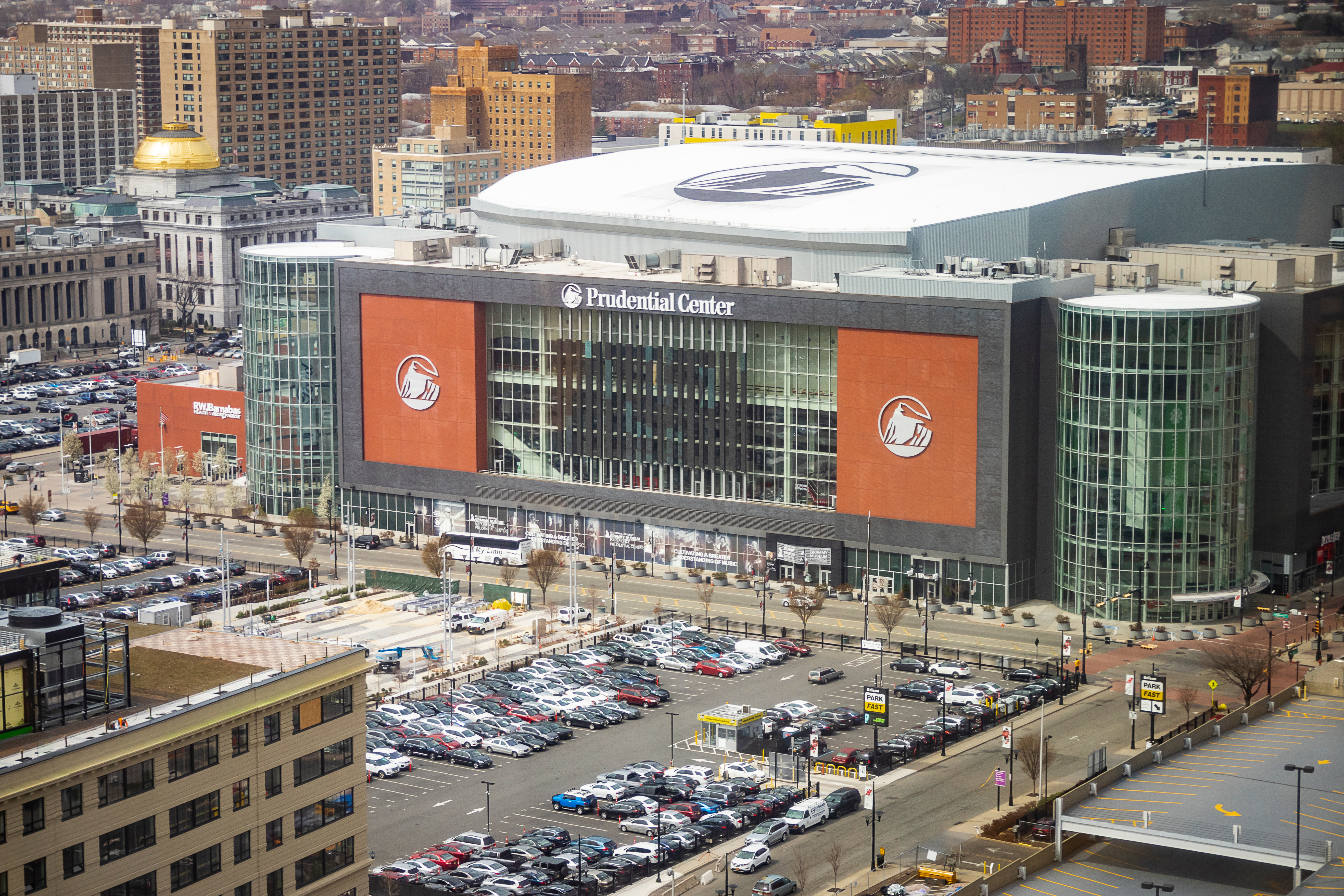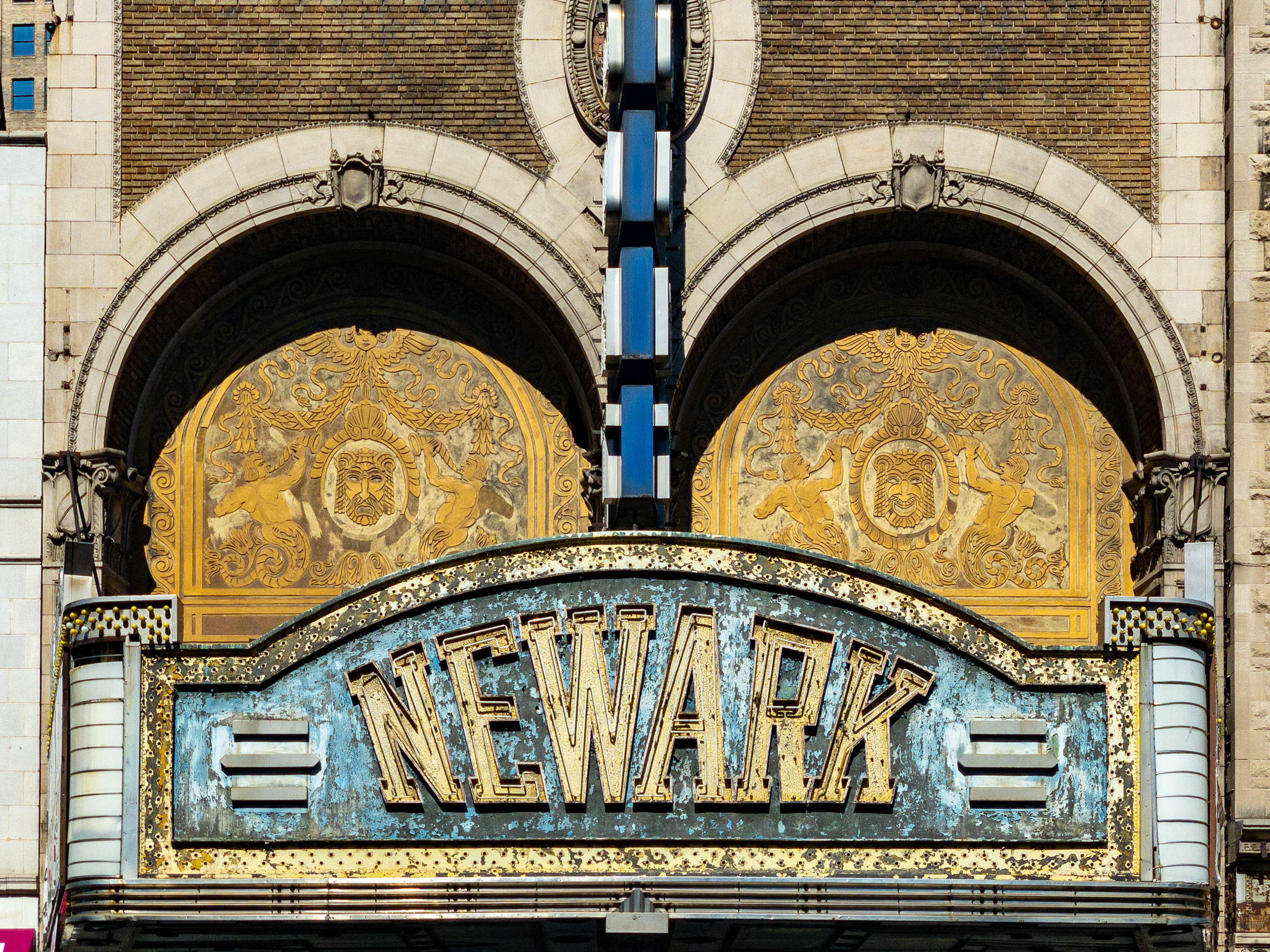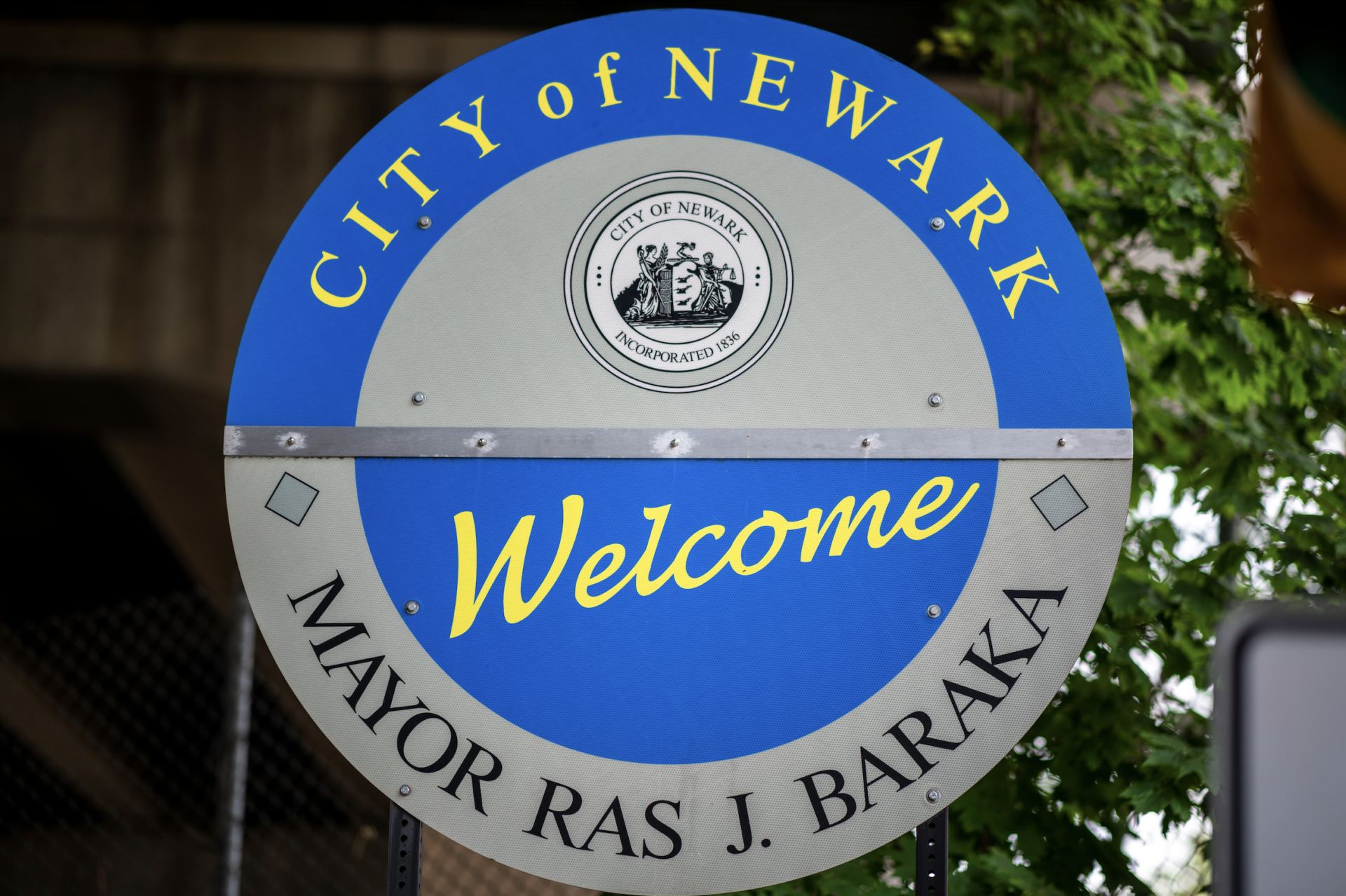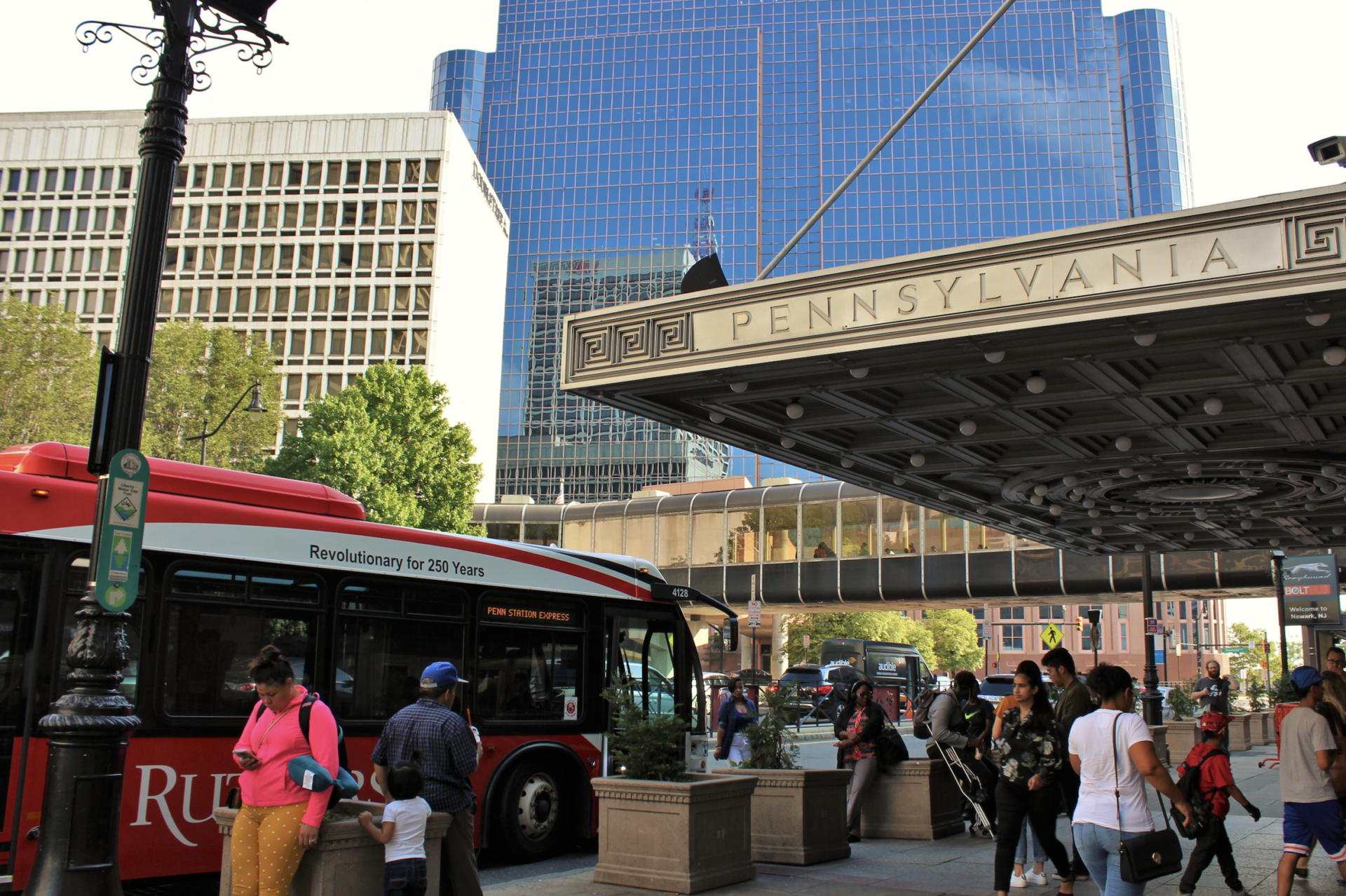Introduction
This report outlines the fiscal justice analysis—which is our intersectional approach to fiscal health and racial justice
—for Newark, New Jersey.
New Jersey’s state and local government credit ratings serve as a core component of the state’s public finance architecture by informing investors of the potential risk they stand to incur by purchasing a local government’s bonds. These ratings also enable some of the most inequitable practices in the municipal market. Municipal revenues serve as the supply lines to fueling state sanctioned, taxpayer-funded racial oppression.
Credit ratings cast a long and permanent shadow on New Jersey’s Black communities by relying on characteristics and inputs that reflect preexisting discrimination or disparities from racist policies such as redlining and compelling the adherence to neoliberal behavior in the future.
Newark’s History
Beginning as early as the 1800’s, Black people have been flocking to Newark in search of economic opportunities within industry. Industrialists saw an opportunity to exploit African-Americans as strikebreakers to weaken white labor unions—which resulted in a number of African-Americans moving into the middle-class. Once white veterans returned after the war however, many skilled black laborers were let go or demoted.
According to Soul of America, “Between 1940 and 1960, the black community tripled in size to 34% of the population, but its growth, smaller education budget and higher post-war unemployment in black communities and ‘Redlining’ triggered white flight to the suburbs. Arguably, Newark and Detroit suffered the most from white flight.
In July of 1967, Newark exploded in a 4-day riot that left 23 people dead and $10 million in property damage. The riot triggered even more white flight, as Newark lost half of its white population and most of its tax base, as compared to 1940. From 1960 to mid-1990s, Newark, with the exception of Prudential headquarters and its large seaport, was a commercial afterthought in the NYC region.”

In recent decades, complemented by Newark’s upgraded airport, the city’s Black leadership has incentivized major corporations and colleges to build headquarters, regional offices and campuses in attempts to expand the tax base and revitalize downtown. However, many of Newark’s Black communities remain underserved. 78% of the population rents and a quarter of the city lives in poverty (versus the national average of 11%). Lower property tax revenues than its neighbors combined with higher infrastructure and education costs due to the historically inequitable distribution of resources, as evidenced by the recent school segregation lawsuit, Newark is Black city paying the cost of being a Black city.
What Does Fiscal Justice Look Like in Newark?
Fiscal Justice Credit Adjustments
FACTORS THAT COULD LEAD TO AN UPGRADE OF THE RATINGS:
- Universal Basic Income
- Inclusionary Zone (Affordable Housing Trust Fund)
- Sustainable school bond
FACTORS THAT COULD LEAD TO A DOWNGRADE OF THE RATINGS:
- Reliance on abatements and state aid
- Disproportionate public safety spending
- School segregation lawsuit, poor education outcomes & decreasing per pupil spending
Revenue & Debt Overview:
To pull itself out of decades of divestment and white flight, the City of Newark has relied on various forms of non-recurring revenue—from a reliance on fines & fees, corporate tax subsidies to accumulating debt from the State of New Jersey.
In sum, a city with a 27% poverty rate is $500M in debt, which carries a greater expense considering interest—which has been proven to be higher in majority-Black cities such as Newark. The stigma of being a Black and economically depressed city like Newark results in a higher accumulation of debt due to lack of tax base and then being charged a premium for this capital.
For example, in neighboring South Orange, they have a higher per capita debt level by leveraging itself against high property taxes—which they then use to support their public education system. However, because of the lower tax base, Newark is not able to use debt in this way to invest in areas with positive returns such as education. This lack of access to capital perpetuates the cycle of poverty and being underserved.

Analysis by Issue
Economic Development:
In 2016, the City of Newark gave away $10MM in tax credits, subsidies and abatements to corporations. This number doubled in 2017—up to $29MM. In 2020, $68MM of potential revenue for indebted Newark was allocated as corporate tax abatements. Newark has continued to use abatements using one-time deals (abatements, Tax Increment Financing districts, etc) to better themselves—rather than addressing systemic opportunities such as educating the population to increase their earnings potential and collect occupational tax. These non-recurring revenues and extractive expenses are a function of racism as POC communities are commonly targeted for these designations.
Newark spent $69.9MM public works, parks & grounds and public libraries combined—equalling about 15% of the tax revenue for the city. However, this is almost tantamount to the $68MM given away to corporate tax subsidies that same year.
Additionally, what is listed as ”misc revenues” on Newark’s Comprehensive Annual Financial Report (CAFR), these revenues are actually debt vehicles in the form of appropriations that the State given to cities on a non-guaranteed annual basis. The city gets to borrow against these funds to run development projects within Newark—further subsidizing corporations—and if these projects run profitably, the state will continue to fund it. However, New Jersey can at any time, if given a strain, choose to not renew these appropriations—leaving Newark solely liable for these development projects.
Newark is choosing to continue to use this and other tools to place the burden of growth on taxpayer funds and less on the corporations moving into the city. So, the tax abatement number listed on the city’s CAFRs is misleading because it excludes money owed to the state for these projects—and only accounts for the diverted tax revenues of each project.
Public Safety:
Within Newark’s CAFR, we considered the line item for the ‘Division of Police’ spending out of the general budget. We also included in public safety: any major police settlements, youth detention & adult incarceration costs and the additional cost of policing protests. Newark spends 29% of their general budget on policing—however in comparison with other metropolitan areas like Austin, Texas, which spends a similar proportion of their budget yet has a lower crime rate, Newark has yet to see returns on the style and level of public safety spending. In comparison to its Essex County neighbors, East and South Orange, spent 19% and 7% respectively on public safety. Considering that Newark has a MHI of $37K, East Orange $50K and South Orange is $136K, there’s a clear correlation between poverty and increased police spending.
Additionally, Newark pays out $45MM on police retirement pension annually. Taxpayers are required to fund the police yet are not being served properly by them. Even with the reforms of Mayor Ras Baraka, this still has not lessened youth detention, adult incarceration rates nor police spending—all at the taxpayers’ expense.

An additional expense within public safety that came as a result of racists practice was a consent decree of 2016 which “requires Newark and the NPD to improve the quality of policing through training, increased community engagement and oversight, and the development of new policies and procedures concerning theft, stops, searches and arrests, use of force, investigation of misconduct, officer discipline and the use of in-car and body-worn cameras.” While transparency is a welcomed fiscal justice practice, these reforms came at a cost to the very taxpayers whose wrongs this consent decree is intended to right. The court monitor has requested $35MM to be allocated for this effort. And additional expenses are being produced from the consent decrees enactment, “The consent decree’s price tag has covered hours of training and $7.4 million to pay Harvey to act as the court monitor, and $4 million to upgrade equipment and training.”
Education:
New Jersey has 35 municipalities with 586 school districts or systems. This fragmentation was designed to divide schools and school districts which were built to intentionally isolate districts from each other with no obligation to help fund education for their neighbors.
Newark spends a healthy $130MM a year on education spending—but Black & Brown communities not seeing the returns, still having low graduation rates than its Essex County neighbors like South Orange and greater income disparities. This results in further underfunded schools that call for an outside influx of capital to keep them afloat.
Although New Jersey is home to some of the most segregated school systems in the world because of racial income disparities and other factors, some progress has been made in the way of fiscal justice. The Spring 2022 “Public Education Sustainable Bond” for Newark is a good example of how to use a financing mechanism to revamp facilities and renew resources in low-income communities—improving graduation rates and thus earnings potential for natives. Activest invested in this bond as part of our Fiscal Justice Municipal Strategy.
Housing:
In Newark, there is a 22% homeownership rate—meaning 78% are renters. The City of Newark itself is the largest landowner in the city. Therefore, when the city itself is the largest landowner and federal buildings, hospitals (nonprofit) and universities are not paying property taxes, it becomes even more difficult to fund schools, infrastructure, etc.The city collects $231MM in local (property) tax for municipal purposes which is 54% of the total Essex County property tax levy.
The introduction of progressive items such as Universal basic income and an 80/20 Inclusionary Zoning Ordinance—which provides an inroads for low to middle-income earners to rent or own within city limits below market rate. Currently, developers can opt out of their inclusionary housing obligation (80% market rate with 20% of units being allocated to affordable housing) through a payout. Newark is re-evaluating how this program will work in the future. By contrast, cities like Cherry Hill have faced lawsuits from the lack of attempts to develop integrated affordable housing.
Governance:

Newark’s current mayor, Raz Baraka, enjoys high approval ratings for his seemingly Black- and low income-centric agenda. The introduction of Universal basic income and an 80/20 Inclusionary Zoning Ordinance—which provides an inroads for low to middle-income earners to rent or own within city limits below market rate. This is more progressive than some of Newark’s other New Jersey cities and townships, like Cherry Hill, where lawsuits have been filed to enforce 80/20.
However, we struggle to reconcile this as applied to public safety and tax abatement giveaways—the latter spurs displacement of this same low-income population. This disportionality is especially problematic in accordance with spending on community-serving initiatives such as libraries and parks and recreation at 2.82%. If spending is disproportionate on public safety, at 29%, this is an indicator of fiscal justice issues. High spending on public safety and tax abatements are proven to be erosive to credit and community-building alike—which Activest considers to be poor governance because these spending allocations don’t just happen, they are decided upon.
Fiscal Justice Solution

The flow of capital has to be an active, mindful intentionality to achieve racial equity or else the same systems will perpetuate. Instead of investing in its people, the State has overcompensated for this divestment by subsidizing economic development that could have been naturally grown through an educated local community. By placing people over property, New Jersey has the opportunity to capitalize on the potential of its residents through occupational and property tax—in lieu of extractive economic development tactics.
Read the full New Jersey Fiscal Justice Analysis here.
Special thanks to the Robert Wood Johnson Foundation whose grant funding supported this report.
The post Newark, New Jersey Fiscal Justice Analysis appeared first on Activest.
